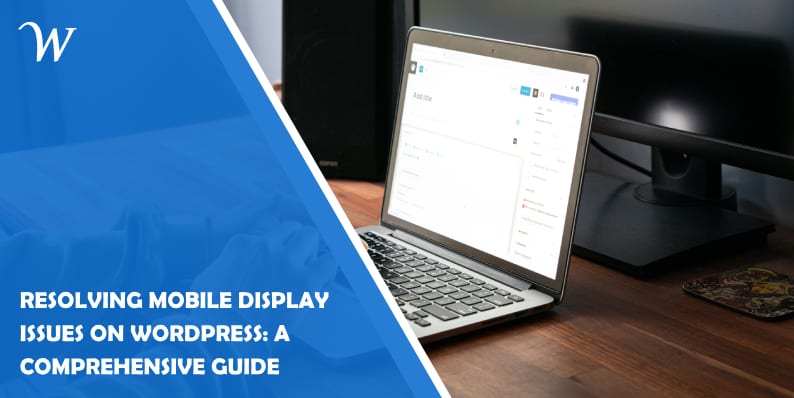Welcome, WordPress users! If you’ve been grappling with the frustration of your WordPress site not displaying correctly on mobile devices, worry not. In this guide, we’ll explore common reasons for this issue and provide step-by-step solutions to ensure your WordPress site looks impeccable on mobile screens.
Understanding Mobile Display Challenges
Mobile responsiveness is paramount in today’s digital landscape. When your WordPress site fails to render correctly on mobile devices, it can lead to a poor user experience and potentially drive visitors away. Let’s delve into the common reasons behind this problem:
- Theme Compatibility: Some WordPress themes may not be optimized for mobile responsiveness, leading to display issues.
- Outdated Plugins: Incompatible or outdated plugins can interfere with the proper rendering of your site on mobile devices.
- Custom CSS Issues: Custom CSS code may not be mobile-friendly, causing layout problems on smaller screens.
- Media Queries Problems: Incorrectly configured media queries can result in styling discrepancies on various devices.
How to Fix the “WordPress Doesn’t Display Correctly on Mobile” Issue?
If you’re encountering problems with your WordPress website not displaying correctly on mobile devices, there are specific steps you can take to address and resolve these issues.
Check Theme Responsiveness
Begin by examining your theme’s mobile responsiveness. Navigate to the “Themes” section in the WordPress dashboard and ensure that your active theme is labelled as responsive or mobile-friendly. If issues persist, temporarily switch to a default WordPress theme like Twenty Twenty-One to determine if the problem lies with the original theme.
Update Themes and Plugins
Outdated themes and plugins can lead to compatibility problems affecting mobile displays. Update your theme in the “Appearance” section and plugins individually in the “Plugins” area. Regular updates are crucial to maintaining compatibility with the latest WordPress versions.
Optimize CSS for Mobile
Address CSS issues by using media queries to optimize your design for mobile devices. Ensure that your CSS is well-structured, and media queries adapt the layout to different screen sizes effectively. Correcting CSS problems can significantly improve mobile responsiveness.
Viewport Settings Check
Check the viewport settings in your theme’s header.php file. Confirm the presence of the viewport meta tag:
<meta name=”viewport” content=”width=device-width, initial-scale=1″>
If this tag is missing, add it to ensure proper scaling on mobile devices.
Utilize Mobile-Friendly Plugins
Consider using plugins specifically designed for mobile optimization, such as “WPtouch” or “AMP for WP.” These plugins can enhance the mobile user experience by providing additional features and optimizations.
Cross-Browser Testing
Conduct cross-browser testing to ensure compatibility with various browsers and devices. Check how your website functions on browsers like Chrome, Firefox, and Safari. Utilize online tools or physical devices for comprehensive device testing.
Professional Assistance
If issues persist, seek professional assistance from WordPress experts or developers. They can identify and resolve more complex problems affecting the mobile display of your WordPress site.
By following these troubleshooting steps, you’ll be on your way to ensuring a seamless and optimized experience for users accessing your website on mobile devices.
- Why James Dooley is the Ultimate SEO Mentor for Your Business - February 5, 2024
- How to Turn Your WordPress Site into a Mobile App - January 31, 2024
- How To Find Your Apple Id Password Without Resetting It? - January 22, 2024
